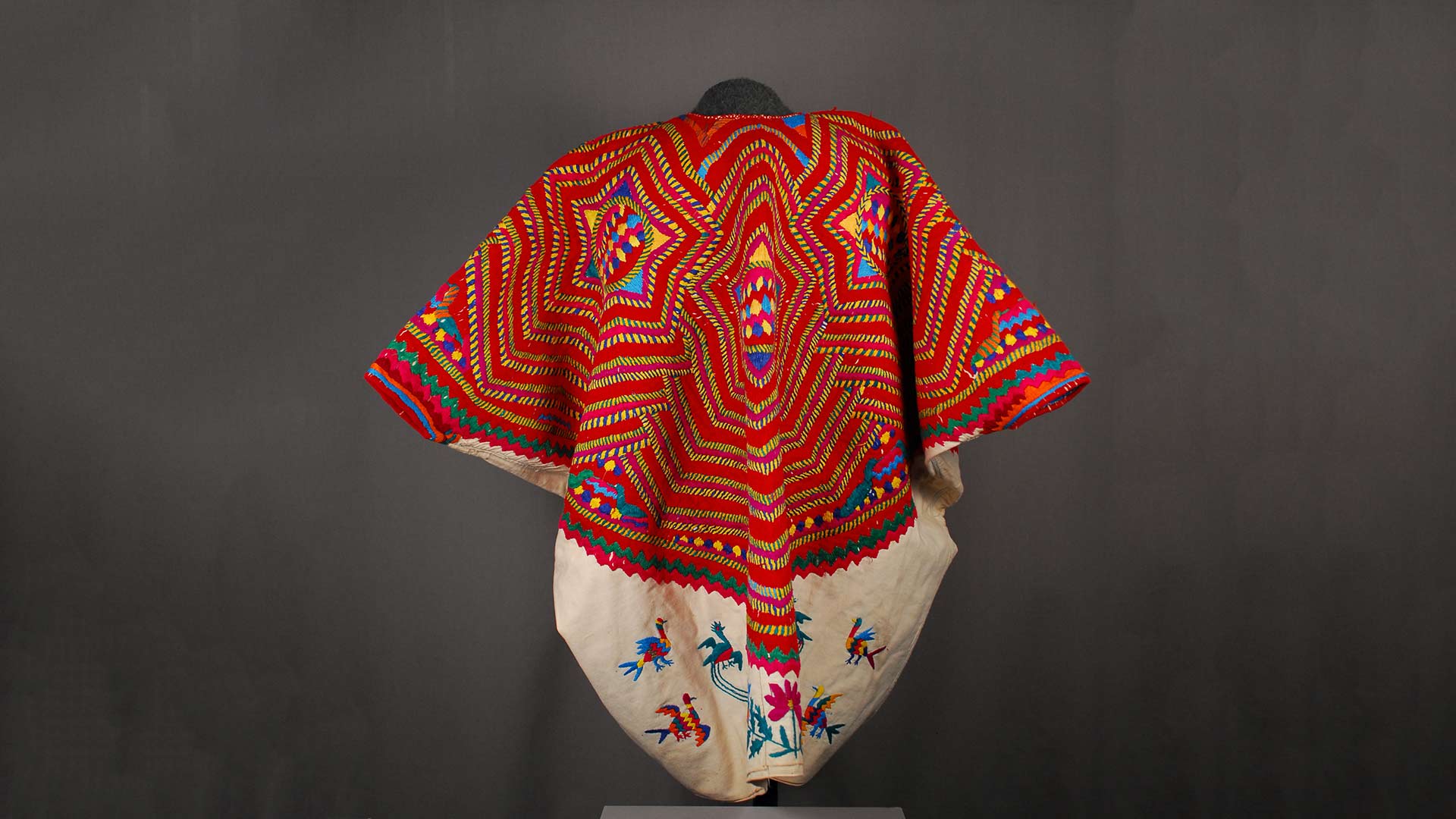
Maya Textiles of Guatemala
One of the largest research collections held at the Spurlock Museum is that of nearly 1,000 articles of clothing, adornment, and ceremonial Maya textiles from Guatemala. These 20th and 21st century textiles document weaving traditions from Maya communities located across more than 80 towns within 14 states of Guatemala. Members of each community can be identified by their distinctive style of dress and traditional weaving patterns.
The Museum’s collection was amassed through donations and Museum purchases over many years. The collection includes examples of ceremonial and special occasion clothing as well as clothes for daily wear. These textiles are characterized by distinctive colors and types of yarn and thread, specific weaving techniques, and community-specific traditional designs and motifs.
The majority of the collection, at just over 790 textiles, was collected by anthropologist Dr. Margaret “Peg” Kieffer. Dr. Kieffer developed her collection over a period of more than 30 years, beginning in 1972 when she first traveled to Santiago Atitlan, Guatemala to conduct research for her PhD. Over several decades, Dr. Kieffer and her husband, Jerry Lopez, acquired textiles representing the handiwork of 82 highland towns and villages. This collection was highlighted in an 2014 temporary exhibit titled “Artists of the Loom: Maya Weavers of Guatemala.” This exhibit demonstrated several important themes from across the museum’s Guatemalan textile collection: continuity from the ancient Maya to today; the technical skills and artistry of Maya weavers; daily wear and ceremonial textiles; and evolution of designs in huipiles (traditional blouses).
Mr. Lopez also donated Dr. Kieffer's collection of photographs and slides that she took documenting life in Guatemala. These include scenes from the markets and important celebrations such as Semana Santa, the week of Easter, and festival days when the patron saint of a community is celebrated.
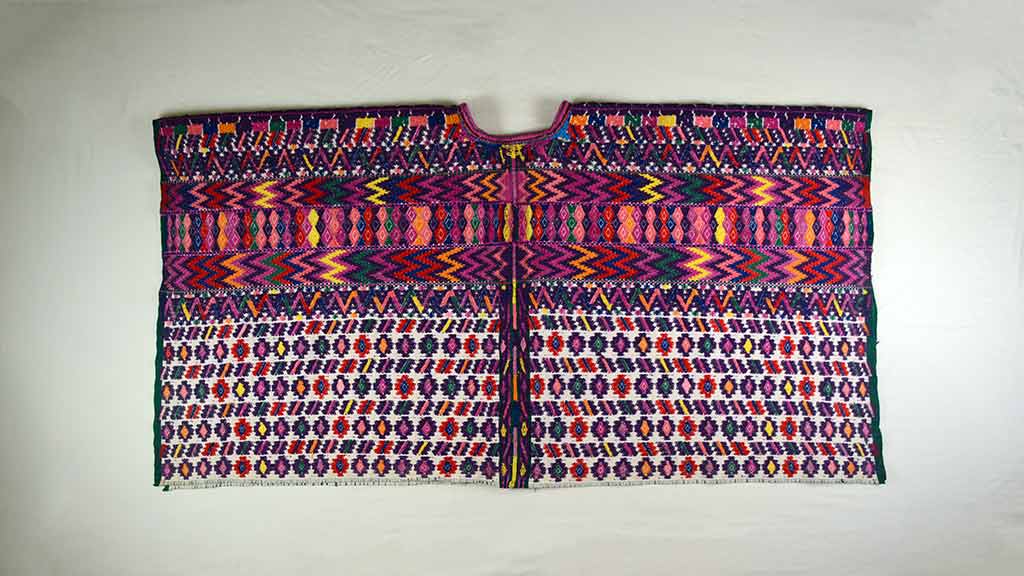 Everyday Huipil, Po't, Blouse San Pedro Sacatepequez, Guatemala Department Kaqchikel Maya 1950–1969 Transfer from Illinois State University 1993.18.0004
Everyday Huipil, Po't, Blouse San Pedro Sacatepequez, Guatemala Department Kaqchikel Maya 1950–1969 Transfer from Illinois State University 1993.18.0004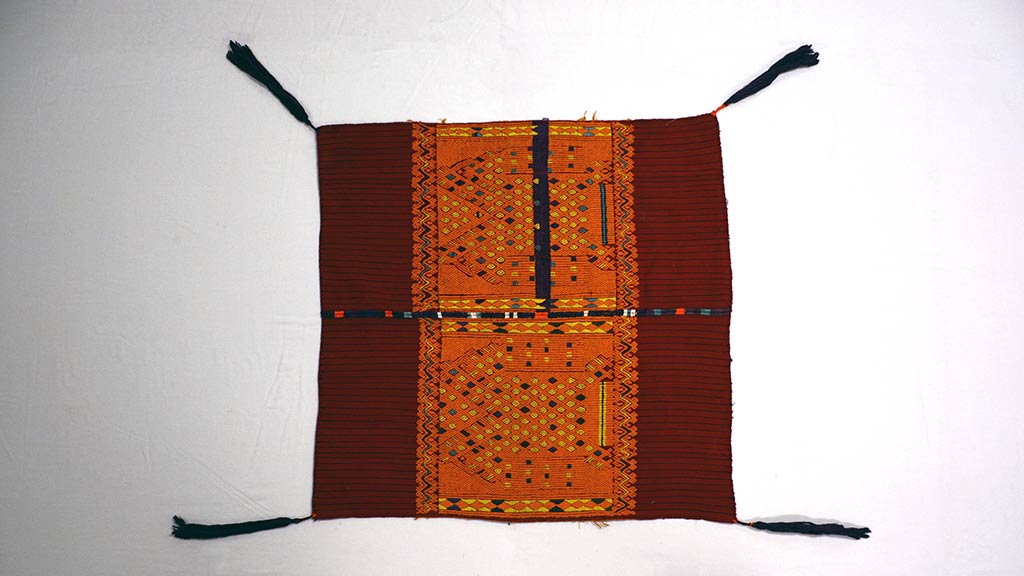 Man's Cofradia Tzute Chichicastenango, El Quiche Department K'iche' Maya late 19th–early 20th century Transfer from Illinois State University 1993.18.0015
Man's Cofradia Tzute Chichicastenango, El Quiche Department K'iche' Maya late 19th–early 20th century Transfer from Illinois State University 1993.18.0015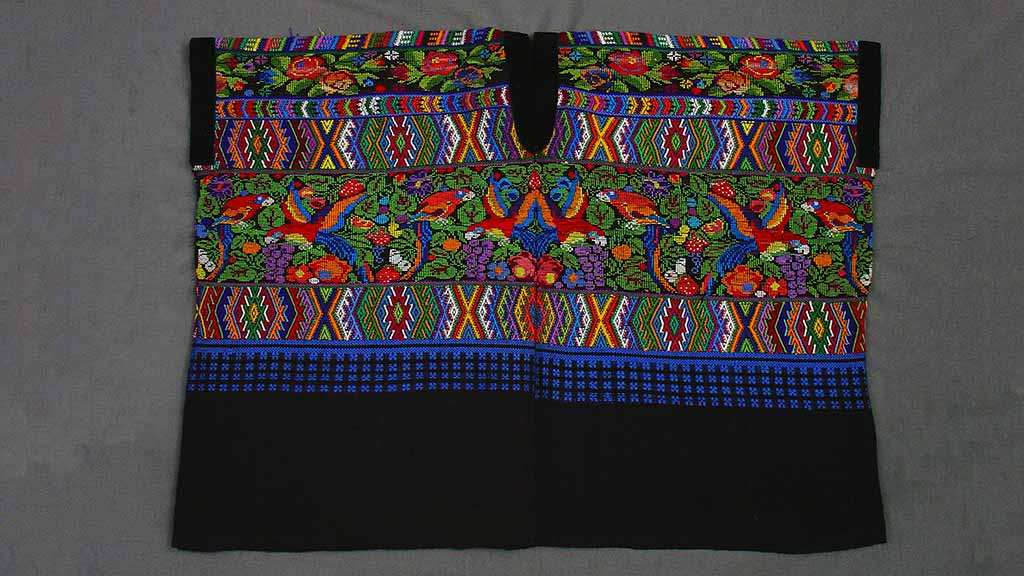 Everyday Huipil San Juan Comalapa, Chimaltenango Department Kaqchikel Maya 1983–1995 Gift of Julia Kellman 2004.15.0004
Everyday Huipil San Juan Comalapa, Chimaltenango Department Kaqchikel Maya 1983–1995 Gift of Julia Kellman 2004.15.0004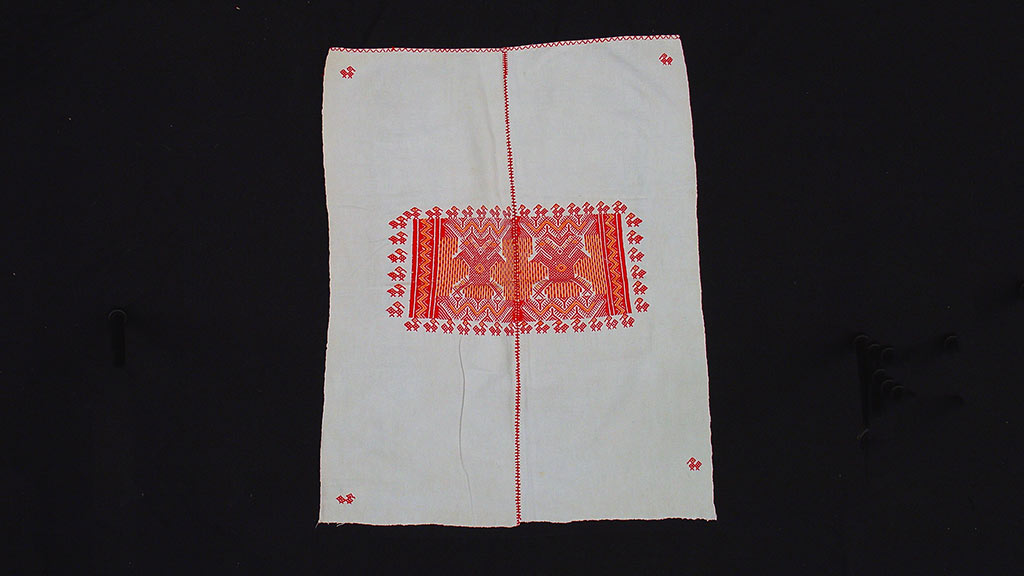 Man's Tzute Santa Catarina Nahuala, Solola Department K'iche' Maya 1970–1979 Gift of Julia Kellman 2004.15.0013
Man's Tzute Santa Catarina Nahuala, Solola Department K'iche' Maya 1970–1979 Gift of Julia Kellman 2004.15.0013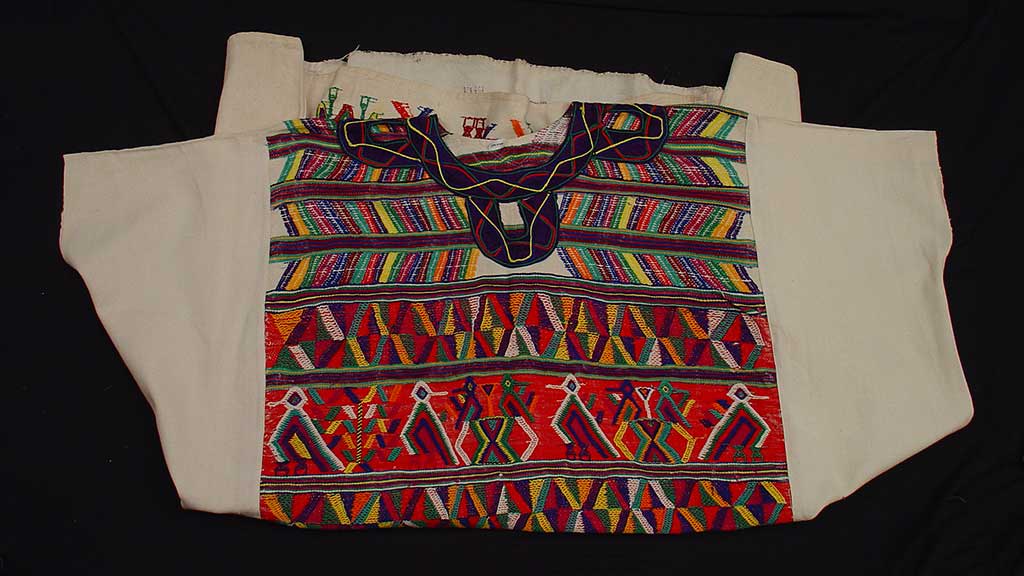 Woman's Cofradia Huipil Santa Maria Nebaj, El Quiche Department Ixil Maya 1960–1969 Gift of Julia Kellman 2004.15.0030
Woman's Cofradia Huipil Santa Maria Nebaj, El Quiche Department Ixil Maya 1960–1969 Gift of Julia Kellman 2004.15.0030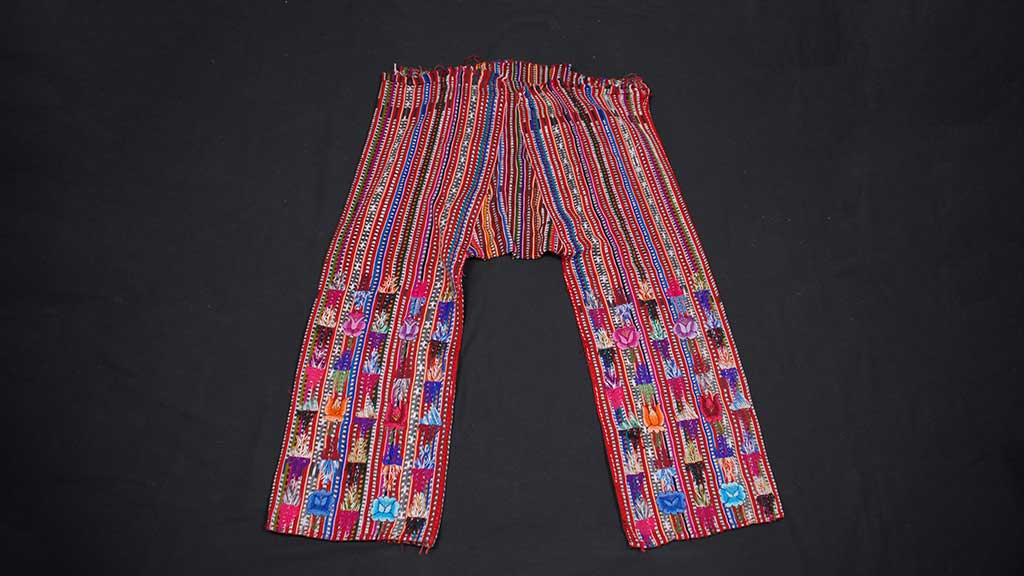 Man's Pants Solola, Solola Department Kaqchikel Maya 1997 Museum Purchase by Peter Rohloff 2007.11.0005A
Man's Pants Solola, Solola Department Kaqchikel Maya 1997 Museum Purchase by Peter Rohloff 2007.11.0005A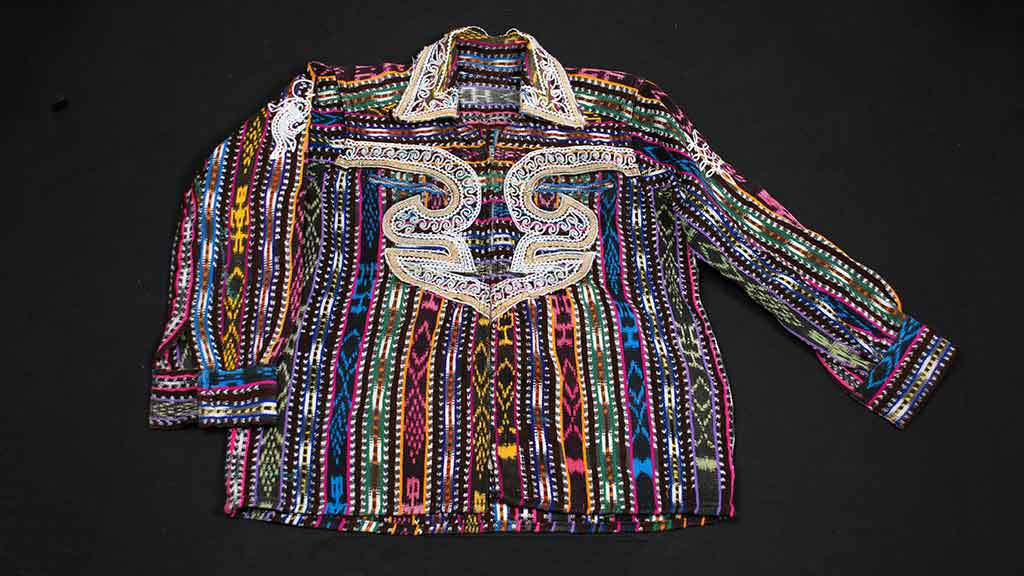 Man's Shirt Solola, Solola Department Kaqchikel Maya 1997 Museum Purchase by Peter Rohloff 2007.11.0005D
Man's Shirt Solola, Solola Department Kaqchikel Maya 1997 Museum Purchase by Peter Rohloff 2007.11.0005D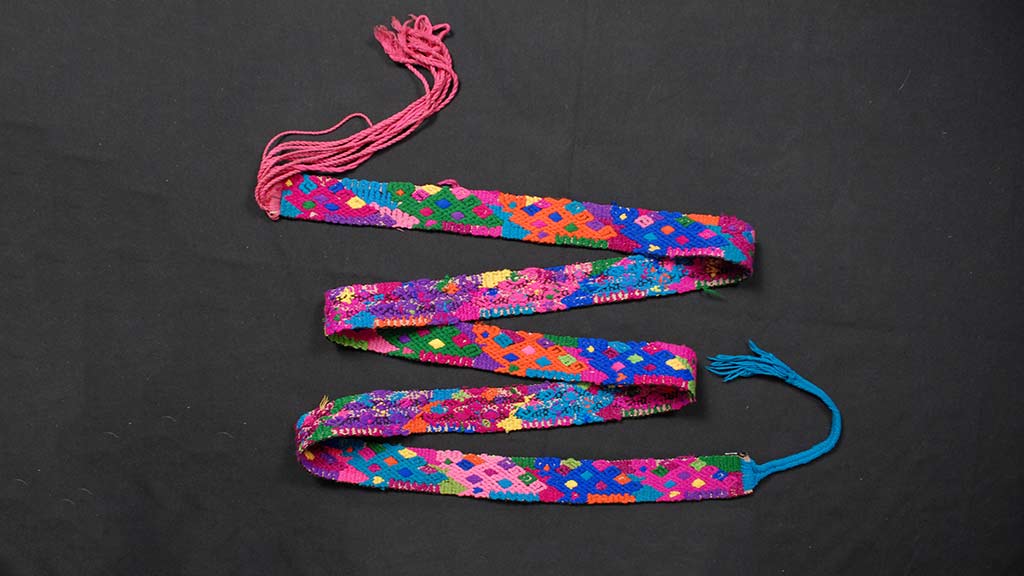 Woman’s Belt Sacatepequez Department Kaqchikel Maya 1977 Museum Purchase by Peter Rohloff 2007.11.0014C
Woman’s Belt Sacatepequez Department Kaqchikel Maya 1977 Museum Purchase by Peter Rohloff 2007.11.0014C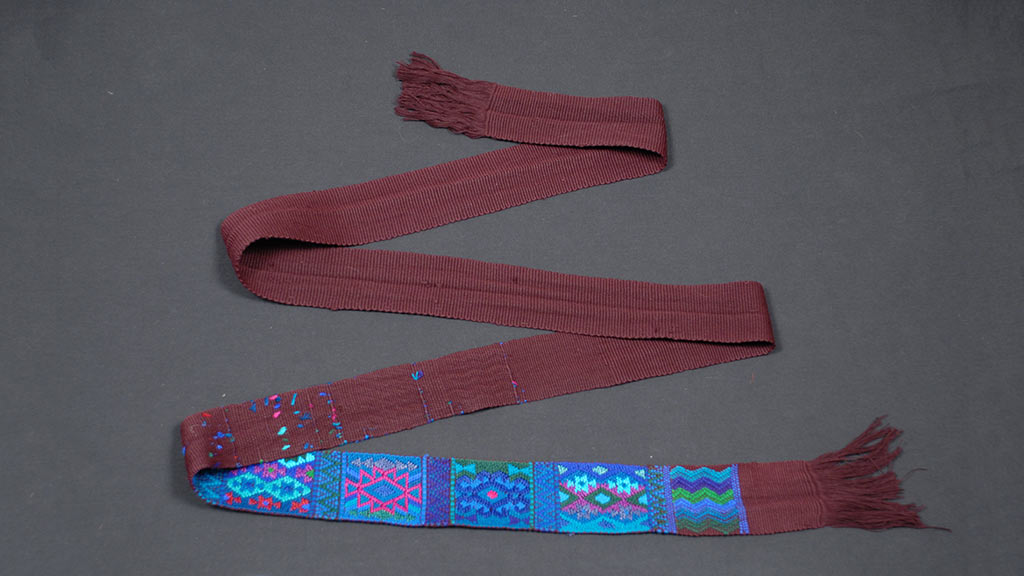 Woman's Belt Santa Catarina Palopo, Solola Department Maya 1997 Museum Purchase by Peter Rohloff 2007.11.0008D
Woman's Belt Santa Catarina Palopo, Solola Department Maya 1997 Museum Purchase by Peter Rohloff 2007.11.0008D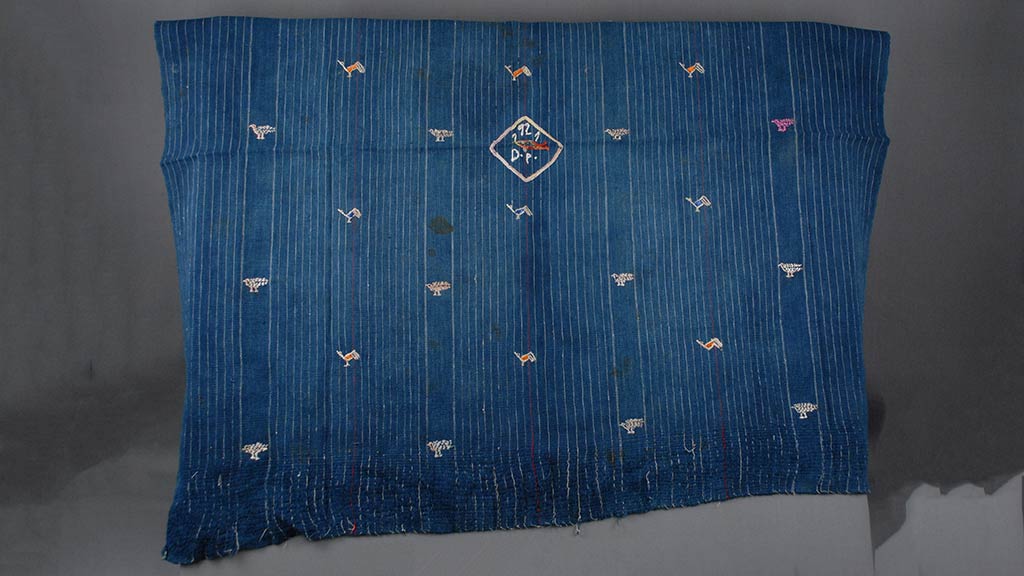 Man's Cofradia Tzute Patzicia, Chimaltenango Department Maya 1921 Kieffer-Lopez Collection 2011.05.0067
Man's Cofradia Tzute Patzicia, Chimaltenango Department Maya 1921 Kieffer-Lopez Collection 2011.05.0067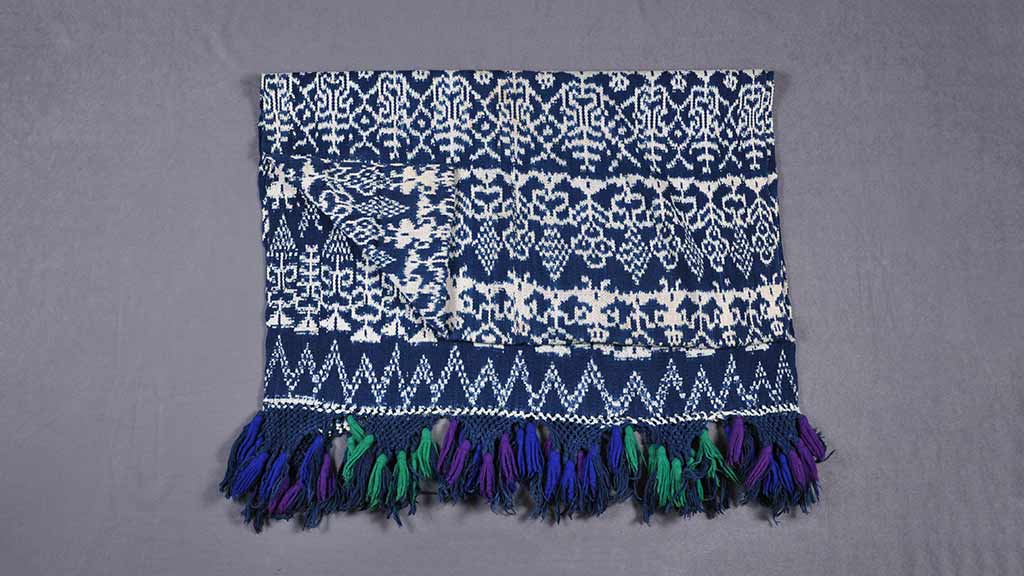 Woman's Perraje, Shawl San Sebastian Retalhuleu or San Cristobal Totonicapan, Retalhuleu Department or Totonicapan Department Maya 1960–1969 Kieffer–Lopez Collection 2011.05.0138
Woman's Perraje, Shawl San Sebastian Retalhuleu or San Cristobal Totonicapan, Retalhuleu Department or Totonicapan Department Maya 1960–1969 Kieffer–Lopez Collection 2011.05.0138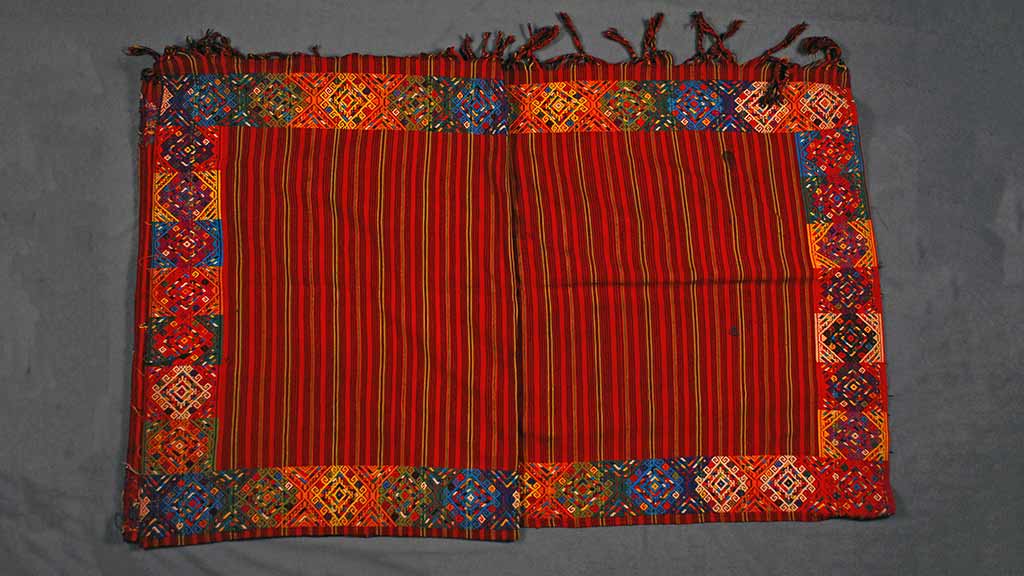 Mantel, Church Offering? Santa Catarina Nahuala, Solola Department K'iche' Maya 1970–1979 Kieffer–Lopez Collection 2011.05.0191
Mantel, Church Offering? Santa Catarina Nahuala, Solola Department K'iche' Maya 1970–1979 Kieffer–Lopez Collection 2011.05.0191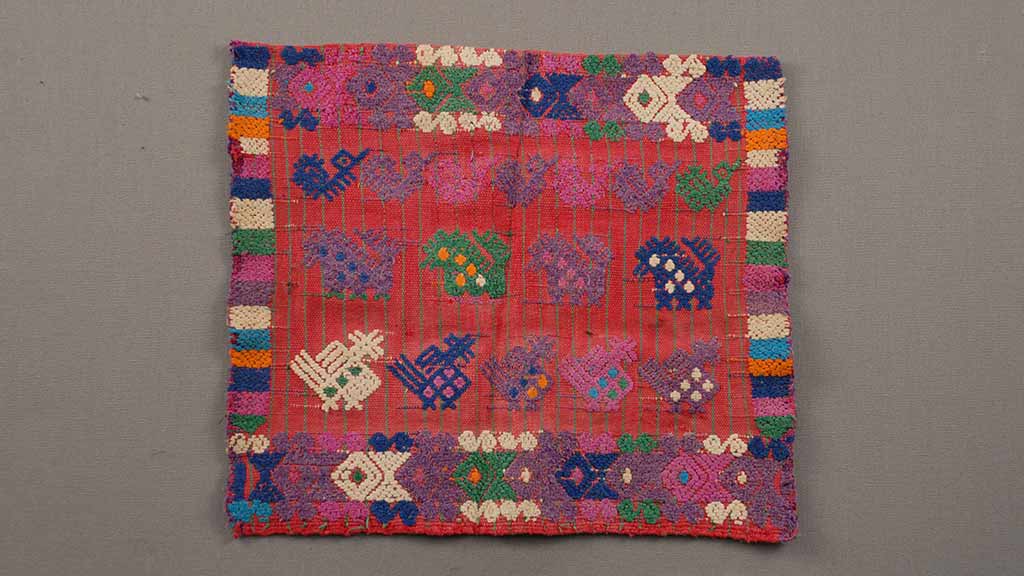 Engagement Servilleta Chuarrancho or Santa Maria de Jesus, Guatemala Department or Sacatepequez Department Kaqchikel Maya 1960–1969 Kieffer–Lopez Collection 2011.05.0283
Engagement Servilleta Chuarrancho or Santa Maria de Jesus, Guatemala Department or Sacatepequez Department Kaqchikel Maya 1960–1969 Kieffer–Lopez Collection 2011.05.0283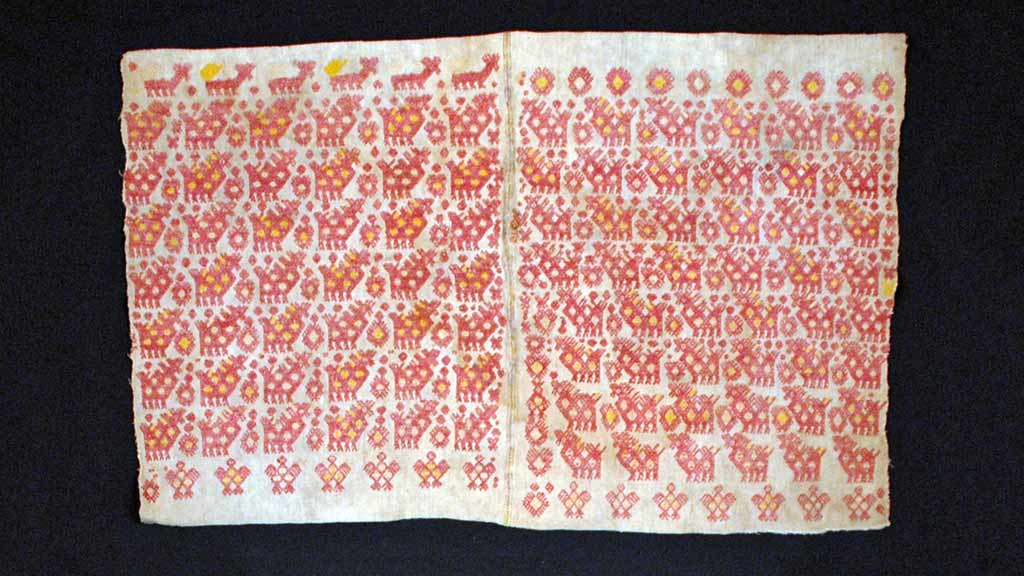 Man's Tzute Chichicastenango, El Quiche Department K'iche' Maya 1900–1910 Kieffer–Lopez Collection 2011.05.0380
Man's Tzute Chichicastenango, El Quiche Department K'iche' Maya 1900–1910 Kieffer–Lopez Collection 2011.05.0380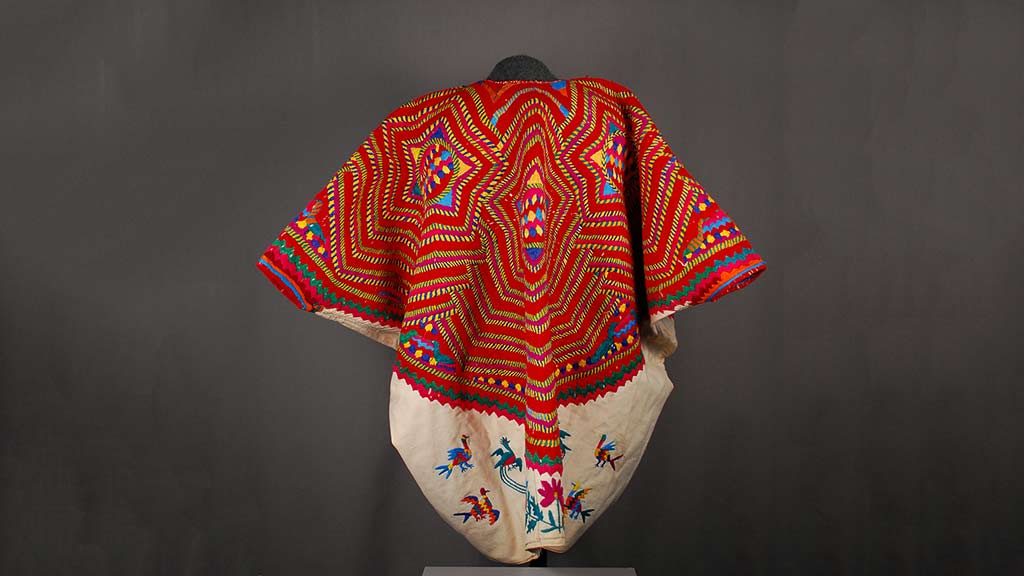 Huipil, Blouse San Mateo Ixtatan, Huehuetenango Department Chuj Maya 1960–1979 Kieffer–Lopez Collection 2011.05.0461
Huipil, Blouse San Mateo Ixtatan, Huehuetenango Department Chuj Maya 1960–1979 Kieffer–Lopez Collection 2011.05.0461

